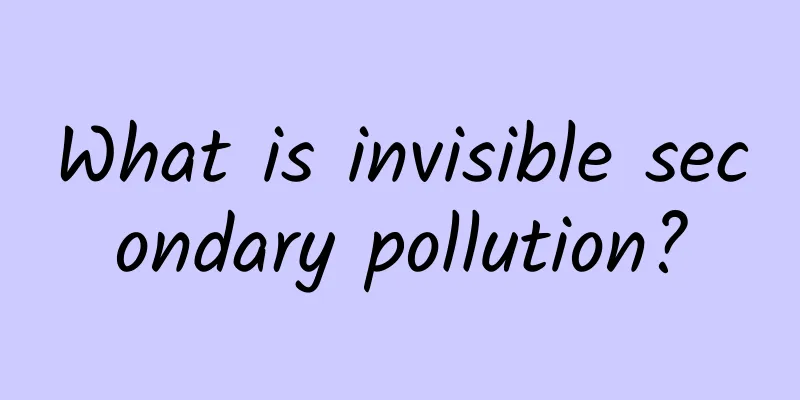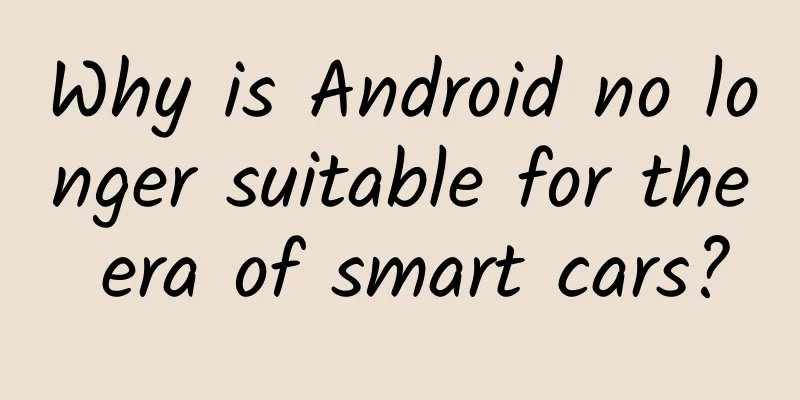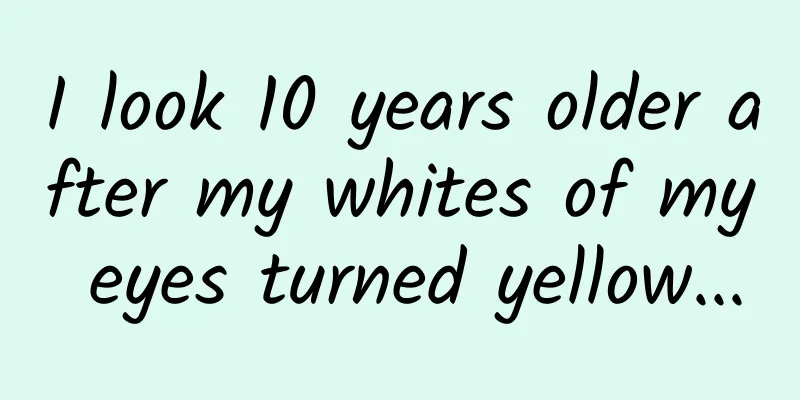What is invisible secondary pollution?

|
How do you define whether your home is clean if you sweep, mop, and wipe everywhere every day? Is it clean if there is no dust visible to the naked eye? In fact, keeping your home tidy and clean can be divided into two parts. Tidying up is relatively easy to achieve, as long as you tidy up in time, you can even use storage to make your home look tidy. However, keeping your home clean is a big project. Today I want to talk to you about something that is easily overlooked: secondary pollution caused in the attempt to achieve cleanliness. 01. Is your home really clean? Is your home really clean? Let's take the floor as an example. The range that the eyes can see is limited. Achieving cleanliness that the eyes can see is the first step; and to truly achieve cleanliness, we must deal with the dirt that deceives the eyes. Do you think I'm talking about bacteria? No, it's secondary pollution. You come to my house as a guest and see the floor is very clean, so you walk around my house in white socks. When you lift your feet before leaving, you suddenly discover that your white socks have turned into gray or even black. Is this normal in everyone's life? If you use a super magnifying glass to look at the floor of your home, you will find that it is really a large petri dish. The dirt and nutrients left over from secondary pollution are fully assisting the fermentation of microorganisms. Even the floor that was carefully mopped five minutes ago still retains a lot of dust, tiny garbage, food residues, etc. What's going on? In fact, this is the secondary pollution problem that is easily overlooked during the mopping process. 02. Invisible secondary pollution Why do we clean? To remove dirt, reduce the growth of bacteria, and create a good living environment. What will happen if the cleaning method is not appropriate? Take an example of a situation that often happens in our lives: A cup of milk spilled in a 20-square-meter living room. The original contaminated area was 1 square meter. At this time, we took out the mop and started cleaning the floor in the most familiar way. During the cleaning process, the mop was dirty as soon as it touched the milk. The mop collected all the dirt and bacteria on the floor, and these stains were adsorbed on the mop and were not cleaned in time. We habitually let the mop clean the floor completely first, and spread the dirt evenly. After the first cleaning, you find that you have successfully removed some of the dirt. At the same time, thanks to the "contribution" of the dirty mop, the area of the floor has expanded from the original contaminated 1 square meter to 4 square meters. After the first cleaning, you cleaned the mop and came back to clean the floor again. The second cleaning took away more dirt, and the area you covered became larger, from the original 4 square meters to the current 8 square meters. However, because the remaining dirt became less and the contaminated area became larger, you thought the floor was clean, but was it really clean? During the entire mopping process, the mop has changed from a cleaning tool to a new source of pollution. The cleaning process is the process of constantly collecting dirt with the mop and smearing the dirt on the floor. Every cleaning is a process of creating secondary pollution. Our eyes may not know whether the ground is clean, but our socks will know, the soles of our shoes will know, our pets at home will know, and our babies who like to crawl on the ground will also know. 03. Deep cleaning is not only about keeping the floor clean, but also about keeping you healthy In fact, ubiquitous microorganisms have become a major threat to our daily health. Homes often contain fungi such as Escherichia coli, Staphylococcus aureus, and various molds. Many of these fungi are conditionally pathogenic bacteria. If we cannot clean them up in time, they can easily cause microbial infections through contact or even spread into the air. So cleaning is very important, and the correct cleaning method is the fundamental solution to the problem. Many times, as we mentioned above, we thought we had cleaned the floor thoroughly, but we didn’t realize that improper cleaning methods provide a new growth environment for bacteria. Rapidly growing bacteria slowly enter our daily life utensils through various contacts, not to mention families with pets and babies who are learning to crawl. They are in deep contact with the floor all the time, which directly poses a health threat. Therefore, it is really important to reduce secondary pollution. |
<<: A "magic box" that turns kitchen waste into treasure
Recommend
A century-old puzzle in statistical physics and its solution
The new theory can not only give the results that...
Why is Tik Tok rebelling against Tencent?
Toutiao and Tencent have recently started a fight...
With air ticket prices as low as 30 yuan, which shipping concept stocks will be most affected?
According to the latest news, one-way fares on ma...
WeChat PC version has launched a new feature! Web version of the file transfer assistant is here
I believe that many students have had the experie...
Are white kidney beans, which are known as "carbohydrate blockers" and "you can eat as much as you want without getting fat," really effective?
Weight loss is the most attractive topic in the f...
Tutorial on how to make money with big data query credit project, I wish you a quick monthly income of 60,000
Tutorial on how to make money with big data query...
In extraordinary times, are there new opportunities for Chinese brands to grow bigger and stronger?
Introduction A few days ago, an article titled &q...
Let’s talk about Douyin e-commerce distribution!
Tik Tok is now one of the most frequently used ap...
Can you gain 1 million followers in a month by reading comments on Douyin? New wealth code
Reading comments on Douyin can increase your foll...
6 major information flow advertising platforms, which channel is the most powerful
iResearch predicts that in the next two years, in...
These Chinese scientists have built a photonic city on a chip the size of a little fingernail!
Produced by: Science Popularization China Author:...
Short video APP product analysis report!
The structural framework of this article is shown...
Is a piece of porcelain really worth 700 million?
Ancient Chinese Porcelain A perennial favorite at...
The dog days are over, are cooler days coming?
Popularize science and spread science to the publ...
It smells a bit, but you get used to it after a while
There is a word called "empathy", but t...





![[Smart Farmers] Taking multiple measures to tap potential and turn saline-alkali land into a fertile field](/upload/images/67f22564ae11c.webp)



